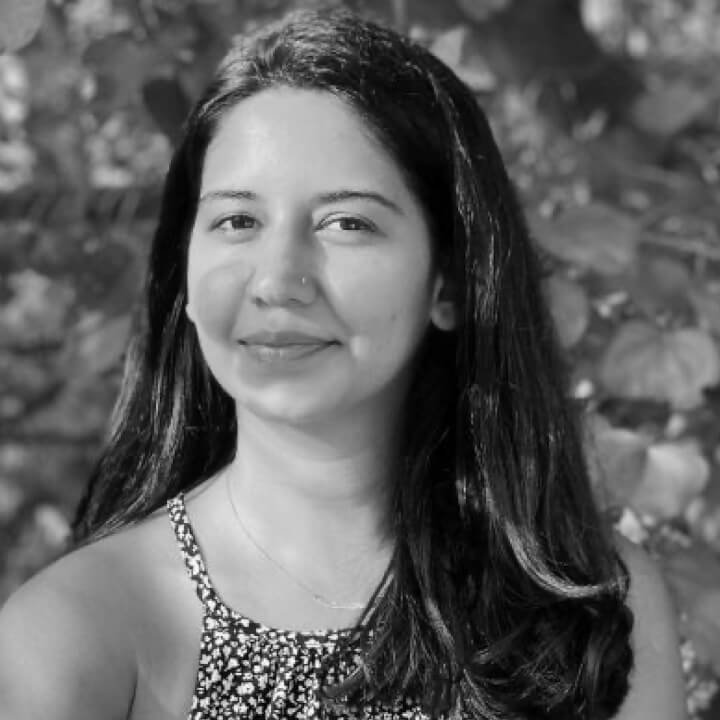EP 256 . 09 Nov 22
Conflictorium
With Avni Sethi
In the episode
- What does conflict mean to you? Where do conflicts come from? Aren’t those inherent? Is there something called a s a good conflict to have?
- What according to you is the relationship between the performer and the audience or a piece of art and viewer? The artist seems to be in a conflict and somehow tries to express it through work. What’s going on here according to you?
- Where do main stream narratives come from? Do they emerge amongst us with time? Are they bottom up or top down or media propagated. How can one systematically study them or confront them?
- What is conflitorium? How did it come to be?
- How do you investigate conflict? Can you give any example(s)?
- What does it mean to be comfortable with disagreements and conflict?
- I think it’s a lot to do with building a common “vocabulary”. People think in binaries. How do you build these shades to grey – if you can explain with any example(s)? (For eg: how would say like a “memory tree” will not be perceived as a propaganda?)
- It’s said that “the world is how you see it”. People have short term memories and choose to move on with just roti, kapda and makaan. Why introduce art and culture or as you call is “shiksha” in it?
- Can you share a few community-led solutions to conflict in your practice so far? How have people reacted to very counter intuitive narratives which apparently look different.
- Peace is generally an outcome of conflict, even as per the Buddha. While Conflictorium engages in dialogue and making sensitive by “talking”. How do you see future of it? What ways peace can manifest? Is there a timeline?
About Avni Sethi
Today’s guest has been dealing with conflicts for some time now. Pleasure to have Avni Sethi with us on Audiogyan. Avni is a interdisciplinary practitioner with her primary concern lying between culture, memory, space and the body. She conceptualized and designed the Conflictorium about which we’ll be diving deep as a case study. Her interests lies in exploring the relationship between intimate audiences and the performing body.




